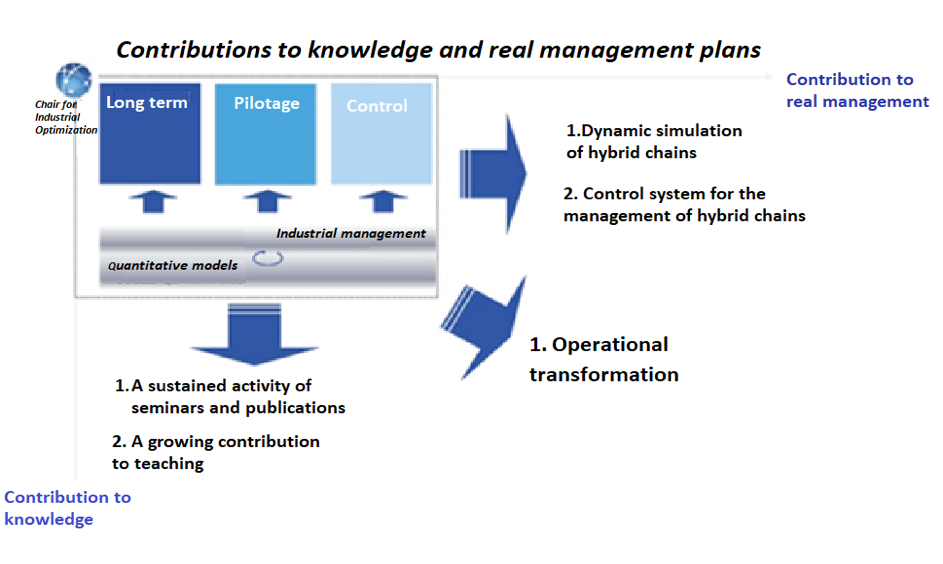OCP Industrial optimization chair

SUBJECT
OCP SA is the largest Moroccan company and is responsible for operating the Moroccan phosphate reserves (the largest in the world). The OCP is engaged in a reasoned and responsible exploitation process of these riches. Initially specialized in the extraction of phosphate ores, OCP has expanded its activities towards the production of phosphate fertilizers. The OCP fully controls its supply chain, characterized by continuous production processes (process industry) working on batches to be transported between two links in the chain, which gives it characteristics of discrete productive systems.
In this context, the different subsystems of the chain are decoupled by many stocks of raw materials of different characteristics and qualities. The introduction of a slurry pipe, completely changes the supply chain by reducing the production cycle, modifying the location of certain operations and increasing the coupling between production units.
This industrial reconfiguration leading to a hybrid logistics chain must be done without reference, in the absence of known comparable transformations and poses a series of industrial management problems to consider in a comprehensive and non-independent way.
This is why EMINES -School of Industrial Management and OCP have chosen to develop a Teaching and Research Chair to shed light on these issues related to hybrid logistics chains.
MISSION
The OCP Industrial Optimization Chair has the task of working to harmonize the management and strategic control of hybrid industrial and logistical chains.
It aims to constitute an interdisciplinary center of excellence, with the aim of making major contributions in terms of knowledge and real practice.
THEME
The "Industrial Optimization" theme revolves around three specific research axes:
- Long-term axis: Develop models and tools to improve the understanding of complex value addition networks.
- Piloting axis: to understand the methodological problems involved in piloting a hybrid supply chain, and to examine the possibility of setting up collaborative decision-making architectures.
- Strategic control axis: to go beyond the limits of traditional methods of measurement and valuation of transformation activities to allow more effective mechanisms of correction and robustness in relation to the corporate strategy.
These three lines of research are supported by two transversal research bases:
- Quantitative Model: to provide managers with the best feasible solutions to previously defined problems, thanks to the application of scientific methods, techniques and tools, and to the development of resolution systems.
- Industrial Management: Set up, on the one hand, the space to continuously structure networks, organizations, and flows. On the other hand, to grasp the time by discerning the relevant scales between those relating to anticipation and innovation, and those shorter, devoted to dynamics, rhythm and movement.




